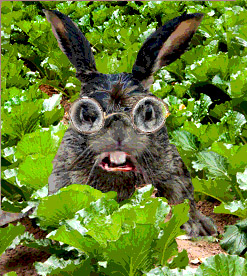I’m not imagining America’s epidemic of police violence against civilians. How do I know? When  people draw cartoons about something, you know it’s real.
people draw cartoons about something, you know it’s real.
Perhaps you’re familiar with the “crime wave” phenomenon, i.e., many of America’s historic “crime waves” were actually figments of journalistic imagination created by newspapers to boost their circulations when they didn’t have other news to sell, often at times when actual crime rates were falling.
It’s important to remember that cartoonists aren’t journalists, they’re cultural meters finely attuned to what’s happening in real society. In other words, they don’t lie or make things up, regardless of how trustworthy their host publications are. That’s why we trust David Horsey even when his salary is paid by the likes of Hearst or Sam Zell.
And that, in turn, is why cartoonists are so influential. Remember the famous editorial cartoon that depicted Jimmy Cartoon as a small person in a large chair, implying the job of president was too big for him? It devastated his public image and reelection chances, because it perfectly captured Americans’ frustration with his administration’s inability to deal with a range of issues from high inflation to the Tehran hostages.
Cartoonists don’t create public opinion, they mirror it, but also focus it the way a magnifying glass concentrates sunlight to burn an ant. When cartoonists tackle a subject, it’s because they see something happening in society, which isn’t just your imagination working overtime.
The appearance of cartoons mocking the police is like a DEW Line flashing warning blips on NORAD radar. Police administrators, and elected officials responsible for supervising them, had better pay attention before the public turns against them. If they want to know what that’s like, they can ask Jimmy Carter.